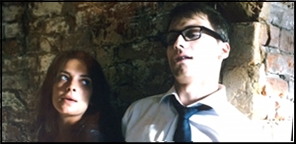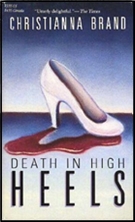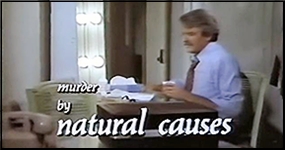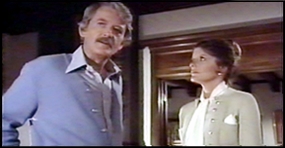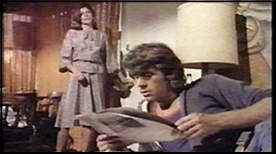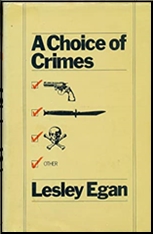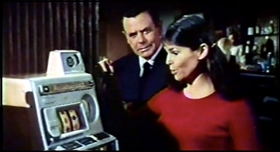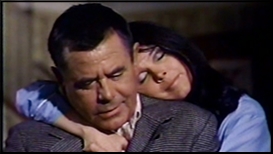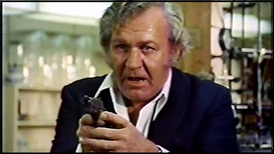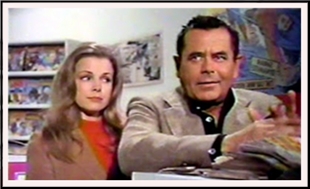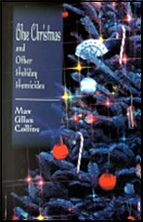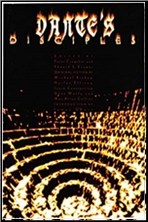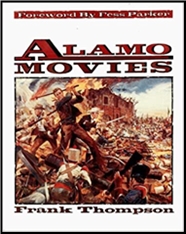FRANCIS L. & ROBERTA FUGATE – Secrets of the World’s Best-Selling Writer. Morrow, hardcover, 1980.
ERLE STANLEY GARDNER – The Human Zero: The Science Fiction Stories of Erle Stanley Gardner, edited by Martin H. Greenberg and Charles G. Waugh. Morrow, hardcover, 1981.
Erle Stanley Gardner often proudly referred to himself as a fiction factory. The total sales of all the books he ever wrote, in all languages and in all editions, is currently estimated at well over 300 million copies. His isolated ranch near Temecula, California, grew to include twenty-two buildings, designed to house himself, his secretarial staff, and his voluminous, all-inclusive archives.
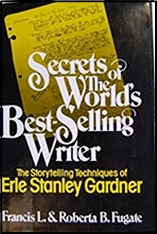
All of his earliest writing was done for the “woodpulp” magazines, those ephemeral pieces of popular culture disdained at the time by librarians and the literary establishment alike. The covers were lurid and garish; the contents were written to match. If you were to find an attic filled with them today, you would have a small fortune on your hands.
By 1933, Erle Stanley Gardner was a household word. Series characters such as Lester Leith, Speed Dash, Ed Jenkins, Senor Lobo, Sidney Zoom, and scores of others were the lifeblood of a list of pulp magazines a page long. In that year alone, Gardner had a total of seventy short stories, novelettes, and articles see print.
It was also the year that Perry Mason came along. Morrow published The Case of the Velvet Claws in March of that year, and The Case of the Sulky Girl followed in quick order. In 1934 Gardner’s production of short pieces fell off a bit, to something just under forty or so, but to compensate there were three more Mason novels.
Perry Mason immediately captured the nation’s attention. Originally conceived as a hard-boiled attorney named Ed Stark, straight from the pages of Black Mask magazine, which also gave Dashiell Hammett and Raymond Chandler good running starts on their careers, Mason went on to be the star performer in a total of eighty-five novels.
They were formula stuff, but Gardner. knew exactly what his readers wanted. Each of the cases culminated in a courtroom scene, with a trial and the future of Mason s client hanging in the balance. Gardner’s own background as a practicing attorney helped provide for some of the trickiest shenanigans ever devised, most of it well beyond the reach, one imagines, of even such superstars of the profession as F. Lee Bailey and Louis Nizer, to name two.
There were also comic strips, a radio show, and, of course, the long-running Raymond Burr television vehicle, and all had Gardner as the guiding hand.
Details of Gardner at work – since he was paid by the word for his work for the pulps, he had a gadget on his typewriter that counted off another tally every time he hit the space bar; of his struggle to change his style sufficiently to get the first book published; of his characters (the real reason Della Street never married Perry Mason, for example); and his philosophy of writing (begin with a mystery and tell a story that people want to read) – are all to be found in the Fugate book, published late last year.
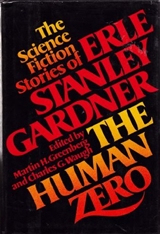
It is based primarily on Gardner’s papers, transferred en masse to the University of Texas upon his death in 1970. In this wealth of material lies a fabulous practical how-to-do-it manual for prospective writers. Gardner’s style was functional, to say the most. In his mysteries he emphasized plot above all, which places him slightly out of step in today’s world, but as of 1979 it is reported that he was still averaging 2,400 sales a day, every day of the year.
That Gardner also wrote science fiction will probably come as a surprise to many, but in The Human Zero, Gardner’s entire output of fantastic stories is reprinted, all of it from Argosy magazine between 1928 and 1932.
As science fiction, from today’s perspective, the science in these tales is shaky and the fiction is worse. These seven stories are filled with mad scientists, strange inventions, catastrophic calamities, and bizarre theories of evolution. But in those days between the World Wars, this was the nature of the field, and what Gardner wrote was no worse than any of the rest of it.
Still, science fiction was obviously not his forte, and he was probably glad to leave it. Perry Mason was his ticket to success, not imaginary flights to Venus in backyard anti-gravity machines.
In essence, what Greenberg and Waugh give us here in the first of a series planned to resurrect much of Gardner’s work from the “woodpulp” pile, are the skeletons of Gardner’s past. Upcoming books may be better. The stories in The Human Zero were probably better left buried.
–Very slightly revised from The MYSTERY FANcier, Vol. 5, No. 2, March/April 1981.


